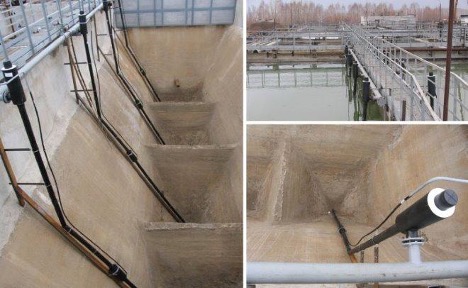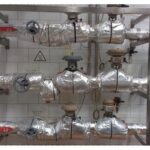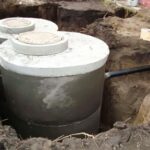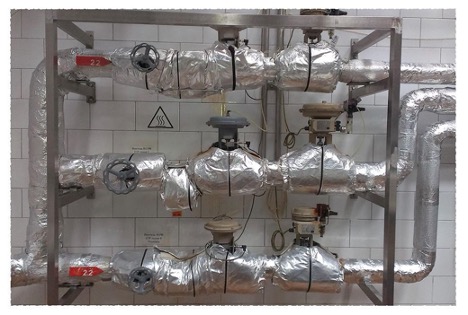Do-it-yourself airlift for a well: how to make an airlift and what it is
Recently, more and more attention has been paid to the efficient use of natural resources and technologies to optimize the operation of various systems. One of these innovative solutions is the airlift. This is a device whose operating principle is based on the supply of air under pressure into the liquid, which ensures its movement upward through the pipes. The use of airlift covers a wide range of tasks, from aerating water in septic tanks to improving the performance of wells.

The content of the article
Airlift operating principle
The operating principle of the airlift is based on the use of the difference in density of the air-water mixture inside the pipe and water outside it. Injecting compressed air into the bottom of the pipe creates a flow that lifts the liquid upward. The efficiency of an airlift depends significantly on the depth of immersion, the diameter of the pipe and the amount of air supplied.
An airlift device includes several key components: an air compressor that supplies air, air hoses for transporting air, and the airlift pipe itself through which water moves. The design may vary depending on specific needs and operating conditions, but the basic design remains the same.
To implement a do-it-yourself airlift project for a well, you will need:
- an air compressor with sufficient power to create the required pressure;
- an air hose connecting the compressor to the airlift pipe;
- a pipe of suitable diameter and length corresponding to the depth of the well;
- check valve to prevent backflow of water.
Do-it-yourself water aeration
One of the uses of an airlift is to aerate water with your own hands. This process is necessary to enrich water with oxygen, which helps improve its quality, improve living conditions for aquatic organisms and effectively decompose organic substances in septic tanks. Creating a do-it-yourself aeration system requires an understanding of the basic operating principles of an airlift and the ability to adapt existing materials to specific tasks.
Do-it-yourself septic tank aeration
Do-it-yourself septic tank aeration is an important aspect of ensuring an efficient wastewater treatment system. The aeration process consists of saturating wastewater with oxygen, which helps to activate the biological processes of decomposition of organic substances. This not only improves the quality of cleaning, but also prevents the occurrence of unpleasant odors, as well as the formation of harmful compounds.
Creating an aeration system with your own hands requires understanding the basic principles of operation and selecting the appropriate equipment. In particular, it is necessary to provide sufficient oxygen for the microorganisms involved in the cleaning process. An aerator is used for this. This is a device that can be made from improvised materials or purchased in specialized stores. It is important to correctly calculate its power and location in the septic tank. Since this will ensure uniform distribution of oxygen throughout the entire volume of purified water.
Making your own aeration system begins with choosing a suitable aerator or compressor that can provide the required volume of air. Next, you should install diffusers or aeration tubes at the bottom of the septic tank. They will distribute the air evenly. An important aspect is ensuring access to electricity and protecting equipment from weather conditions. A properly designed and installed aeration system helps increase the efficiency of the septic tank. It is also needed to reduce the cost of its maintenance and improve environmental safety.

How to make an airlift for a well with your own hands
Let's look at how you can independently assemble an airlift for a well with your own hands. The process requires careful planning and preparation, but is doable for those with basic tool skills and an understanding of how the system works.
Before starting work you must:
- determine the depth of the well and select the appropriate diameter of the airlift pipe;
- purchase or rent an air compressor with the necessary characteristics;
- prepare air hoses and fittings to connect system components.
Installation sequence:
- Place the compressor on the surface and connect the air hose to it.
- Connect the hose to the bottom of the pipe, ensuring tight connections.
- Lower the pipe into the well, having previously installed a check valve.
- Start the compressor and check the efficiency of the system.
Conclusion
Building an airlift with your own hands is a task that requires attention to detail and an understanding of the basic principles of how the system works.This method not only reduces the cost of maintaining wells and aeration systems, but also contributes to maintaining the ecological balance, ensuring high water quality.




